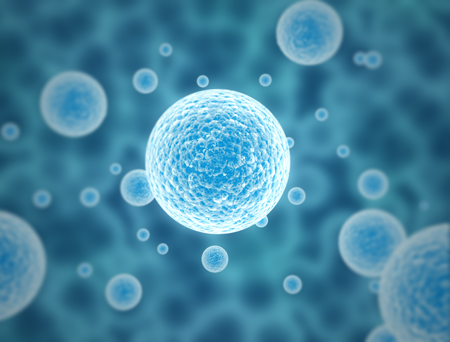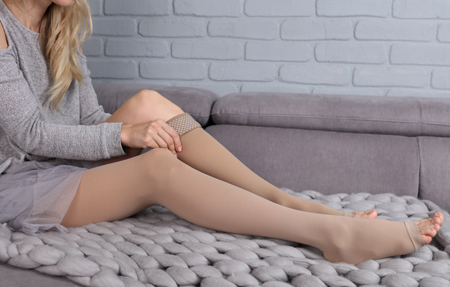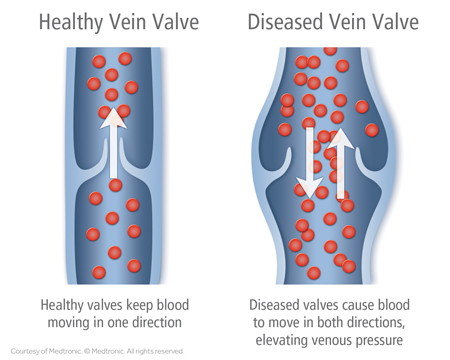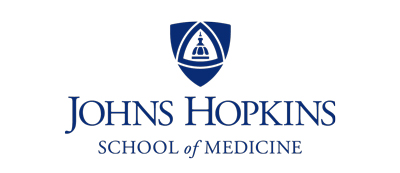Conditions Treated
- Interventional Pain
- Regenerative and Restorative Medicine
- Cosmetic and Aesthetic Medicine
- Venous Medicine
- Johns Hopkins Medicine
 Throughout our lives, we all may experience some form of pain at one time or another. When pain reaches a point where it may interfere with your ability to live life as you normally would, this maybe a sign to consider seeing a physician or specialist in pain medicine who can help develop a comprehensive and multi-disciplinary treatment plan to help alleviate your symptoms.
Throughout our lives, we all may experience some form of pain at one time or another. When pain reaches a point where it may interfere with your ability to live life as you normally would, this maybe a sign to consider seeing a physician or specialist in pain medicine who can help develop a comprehensive and multi-disciplinary treatment plan to help alleviate your symptoms.
Imaged-guided interventional therapies can be offered to treat for acute, sub-acute, or chronic pain conditions related to degenerative spinal discs, joints, muscles, tendons or ligaments. Such treatments have been shown to potentially benefit a broad range of conditions, including:
- Abdominal Pain
- Arm Pain
- Arthritis, including Osteoarthritis
- Back Pain – General, Cervical, Thoracic, Lumbar/Sacral
- Cancer Pain
- Carpal Tunnel Syndrome
- Post-Laminectomy syndrome or Failed Neck or Back Surgery syndrome – Cervical, Thoracic, Lumbar/Sacral
- Coccydynia
- Complex regional pain syndrome (Type 1-Reflex Sympathetic Dystrophy and Type 2-Causalgia)
- Degenerative Disc Disease
- Disc Bulges or Herniations
- Facet Joint Pain or Spondylosis
- Fibromyalgia
- Headaches – including General and Migraines
- Hip Pain
- Knee pain
- Leg Pain
- Neck pain
- Neuralgia, including Intercostal, Inguinal, Occipital, Trigeminal, Pudendal, and Post-Surgical
- Neurogenic Claudication
- Pelvic Pain
- Peripheral Neuropathy
- Phantom Limb Pain
- Post Herpetic Neuralgia or Shingles Pain
- Radiculopathy
- Sacroiliac Joint Dysfunction and Pain
- Sciatica
- Shoulder pain
- Spinal Stenosis – Cervical, Thoracic, Lumbar/Sacral
- Whiplash
- Vertebral Compression Fractures
 The goal of regenerative and restorative medicine is to heal injured tissue and not just mask the pain. Advanced regenerative and restorative therapies are offered to treat acute or chronic pain conditions related to degenerative spinal discs, joints, muscles, tendons or ligaments. Such treatments have been shown to potentially benefit these conditions:
The goal of regenerative and restorative medicine is to heal injured tissue and not just mask the pain. Advanced regenerative and restorative therapies are offered to treat acute or chronic pain conditions related to degenerative spinal discs, joints, muscles, tendons or ligaments. Such treatments have been shown to potentially benefit these conditions:
KNEE
- Ligament sprains and tears (ACL, PCL, MCL, LCL)
- Patella tendonitis and tendinosis
- Bursitis
- Osteoarthritis
SHOULDER
- Ligament sprains and tears
- Tendonitis and tendinosis
- Acromioclavicular joint dysfunction and pain
- Osteoarthritis
FOOT AND ANKLE
- Ligament sprains and tears
- Achilles tendonitis and tendinosis
- Plantar fasciitis
- Osteoarthritis
ELBOW, HAND AND WRIST
- Epicondylitis (tennis and golfer’s elbow)
- Ligament sprains and tears
- Tendonitis and tendinosis
- Osteoarthritis
HIP
- Ligament and muscle sprains/tears
- Tendonitis and tendinosis
- Trochanteric bursitis
- Osteoarthritis
 Evidence-based regenerative and restorative medicine and injectable treatments have been shown to potentially benefit aging-related conditions:
Evidence-based regenerative and restorative medicine and injectable treatments have been shown to potentially benefit aging-related conditions:
- Wrinkles and Line formation secondary to sun exposure, smoking, gravitational pull, and years of repeated facial expressions and muscle activity for Face, Hands, and Neck:
- Static lines formed without influence of muscle contraction
- Dynamic lines present while at rest
- Hair Loss secondary to age-related balding or other forms.
Goals of such treatments would include:
- Rejuvenation of the face by reducing and improving the effects of aging.
- Enhance of facial features to achieve your personal perception of beauty.
Note individual results may vary secondary to different conditions of the skin and personalized treatment plans. Each treatment outcome may vary by patient in terms of overall outcomes and duration or length of results.
 Venous insufficiency occur when surface veins have trouble sending blood up to the heart from the feet and legs. While arteries get help from the pumping heart, veins push blood — against gravity — using a series of valves. Blood pooling in the veins increases pressure and stretches the veins that may result in venous reflux that can lead to development of spider, reticular, and varicose veins visible below the skin.
Venous insufficiency occur when surface veins have trouble sending blood up to the heart from the feet and legs. While arteries get help from the pumping heart, veins push blood — against gravity — using a series of valves. Blood pooling in the veins increases pressure and stretches the veins that may result in venous reflux that can lead to development of spider, reticular, and varicose veins visible below the skin.
Factors that may increase pressure in the veins include family history, overweight or obesity, advanced age, female gender, immobility or inactivity with prolonged standing or sitting, leg injury, pregnancy, smoking, history of blood clots, or taking oral contraceptive pills or hormone replacement therapy.
 Symptoms may include sensations in the leg, such as burning, throbbing, aching, and/or or heaviness, color changes in the skin, and swelling. Long-term symptoms may progress to increasing leg discomfort, ulcers and non-healing sores, and more serious complications with deep vein thrombosis (DVT) formation.
Symptoms may include sensations in the leg, such as burning, throbbing, aching, and/or or heaviness, color changes in the skin, and swelling. Long-term symptoms may progress to increasing leg discomfort, ulcers and non-healing sores, and more serious complications with deep vein thrombosis (DVT) formation.
Note individual results may vary secondary to different venous reflux conditions and treatment plans. Each treatment outcome may vary by patient in terms of overall outcomes and duration or length of results.
Interventional Pain and Regenerative Medicine
- Arthritis
- Ankylosing Spondylitis
- Back Pain
- Bursitis
- Carpal Tunnel Syndrome
- Degenerative Disc Disease
- Disc Bulges
- Facet Syndrome
- Failed Back Surgery Syndrome
- Hip Problems
- Knee Pain and Problems
- Kyphosis
- Neck Pain
- Osteoarthritis
- Pelvis problems
- Peripheral Neuropathy
- Phantom Limb Pain
- Sacroiliac Joint Pain
- Sciatica
- Scoliosis
- Shingles Pain
- Shoulder Pain and Problems
- Soft-Tissue Injuries
- Spinal Arthritis
- Spinal Stenosis
- Spondylolysis
- Sports Injuries
- Tendonitis
- Whiplash
Venous and Cosmetic Medicine



